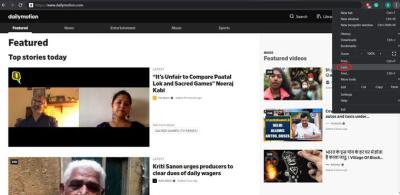Getty Images is a global leader in visual content, known for its vast library of high-quality images, videos, and music. Founded in 1995, the company has revolutionized how people access and use imagery. Whether it’s for advertising, editorial, or personal use, Getty Images provides a platform for creators to find the perfect visual assets. In this blog post, we’ll explore the business model and revenue streams that make
Overview of Getty Images' Services
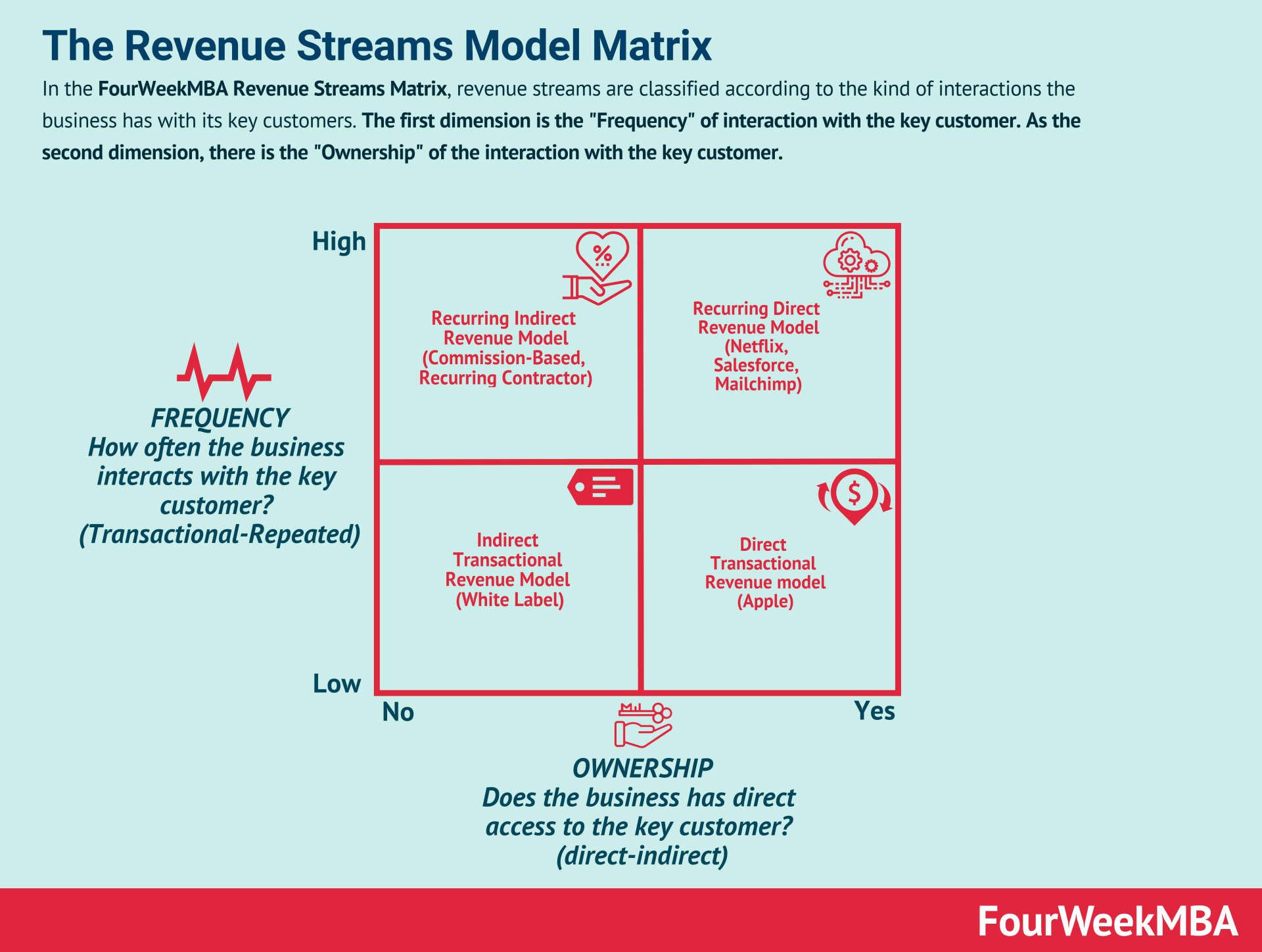
Getty Images offers a diverse range of services tailored to meet the needs of various customers, from large corporations to small businesses and individual creatives. Here’s a closer look at what they provide:
- Stock Photography: Getty Images boasts millions of photographs covering a wide array of subjects. Users can buy images for specific purposes, ranging from editorial use in news articles to commercial use in advertising.
- Premium Video Content: The platform also recognizes the rising demand for videos in digital content. Their extensive library includes everything from short clips to full-length documentaries.
- Music Licensing: Getty Images offers a comprehensive selection of music tracks that can be licensed for various projects, providing an additional layer of multimedia content.
- Creative Solutions: This service helps brands produce custom visual content through strategic campaigns, utilizing both photography and video to tell a brand's story effectively.
- Editorial Services: Widely recognized for its newsworthy imagery, Getty provides a specialized collection for editorial purposes, including coverage of major events, sports, and celebrity news.
Each of these services is designed with the user’s needs in mind, ensuring a seamless experience when searching for the right content. Here’s a bit more detail on a couple of standout offerings:
Stock Photography
Getty Images primarily operates on a licensing model for its stock photography. Users can choose between different types of licenses, including:
| License Type | Description |
|---|---|
| Royalty-Free | Allows users to pay a one-time fee for unlimited use of an image, with some restrictions. |
| Rights Managed | Pricing varies based on specific usage rights, making it suitable for exclusive and limited uses. |
Creative Solutions
Through Creative Solutions, Getty Images partners with brands to develop tailored visual content that aligns with their marketing objectives. This includes:
- Concept Development: Collaborating closely with brands to understand their vision.
- Production: Engaging professional photographers, videographers, and other creative professionals to produce high-quality content.
- Distribution: Ensuring that the content reaches the right audience through effective channels.
Overall, Getty Images combines the accessibility of a vast library with tailored solutions to meet specific client needs, making it a versatile player in the visual content market. As we delve deeper into the company's business model, it becomes clear how these services contribute to its sustainable revenue streams.
Also Read This: Best Tools for Downloading Images from 123RF: Enhancing Your Image Acquisition Process
3. How Getty Images Generates Revenue
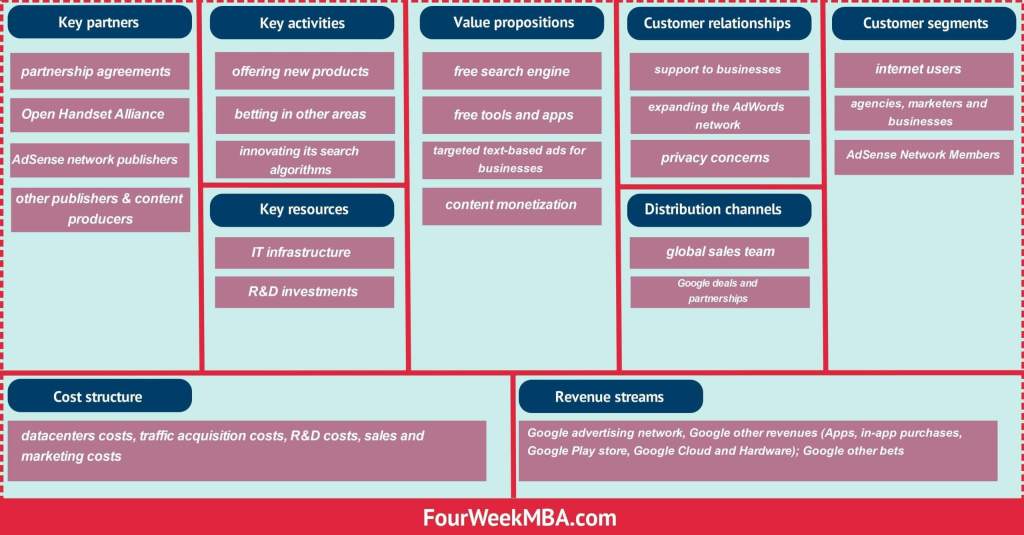
If you've ever searched for stock images or licensing content, you've likely come across Getty Images. This visual media giant has developed a multifaceted business model that allows it to generate revenue through various avenues, catering to a broad range of clients—from individual bloggers to large corporations.
One of the primary ways Getty Images makes money is through *licensing fees. When a client wants to use an image, video, or any other digital media asset, they have to pay a fee that reflects the rights they're acquiring. These fees can vary significantly based on factors such as:
- Image quality and exclusivity: High-resolution photos or those that are exclusive to Getty tend to cost more.
- Distribution and usage: Fees can differ based on whether the content will be used for personal blogs, commercial advertising, or major media outlets.
- Duration of use: Some licenses are perpetual, while others are limited to specific timeframes.
In addition to licensing, Getty Images offers subscription services, which allow clients to access a vast library of images for a recurring fee. This is particularly appealing for businesses that regularly need fresh content without the hassle of making individual purchases each time. The subscription model offers clients benefits such as:
- Cost savings: Subscribing can be more economical than paying for images individually.
- Access to premium content: Subscribers often get exclusive access to high-quality, curated collections.
- Flexibility: Clients can download multiple assets throughout the subscription term, tailored to their unique marketing needs.
Another revenue source is custom photography services. Companies looking for original content can contract Getty to create tailored imagery that meets their specific branding needs. This can be a lucrative segment, especially for brands requiring unique visuals that stand out from standard stock photography. In this case, Getty handles everything from concept to execution, ensuring the final product aligns perfectly with their client’s vision.
Finally, Getty Images invests in partnerships with other platforms and agencies, enhancing its portfolio and reach. Collaborations with social media platforms, advertising agencies, and even brands allow it to tap into new markets and customer segments, constantly evolving its revenue streams.
Also Read This: How to Access Getty Images Settings on Squarespace: Easy Integration with Squarespace Websites
4. Licensing Fees and Pricing Models
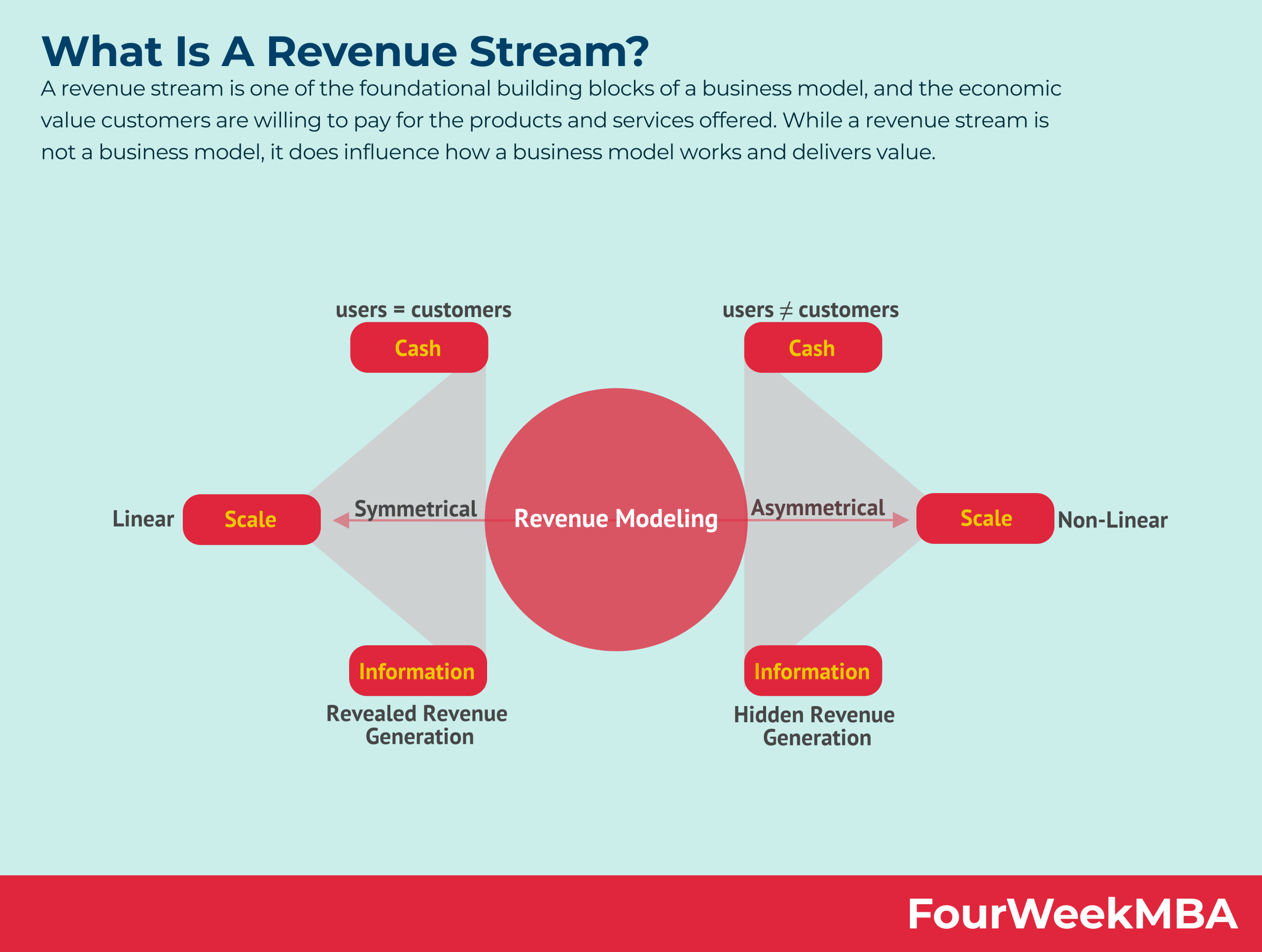
Delving deeper into licensing fees and pricing models will help you understand the financial landscape of Getty Images. A key feature of their pricing strategy is its flexibility—clients can choose from several options based on their needs, which can be categorized into two main types: exclusive and non-exclusive licenses.
Exclusive licenses grant clients the rights to use an image without competition, making this option generally more expensive. Non-exclusive licenses, on the other hand, allow multiple users to access the same image, resulting in lower fees. Here’s a quick comparison:
| Feature | Exclusive License | Non-Exclusive License |
|---|---|---|
| Usage | Only the buyer can use the image | Multiple buyers can access the same image |
| Cost | Higher pricing due to exclusivity | Lower pricing, more accessible |
| Availability | Limited to a single buyer | Widely available for various clients |
Besides these standard licensing models, Getty also employs a tiered pricing structure, where costs vary according to the image size and resolution. For instance, a small resolution image used online will typically be cheaper than a high-resolution image meant for print advertisements.
Additionally, Getty Images occasionally offers discounts for bulk purchases, which can be a game-changer for businesses or agencies looking to source a large number of images. These pricing models not only provide flexibility but also cater to different budget ranges and usage scenarios, making Getty a go-to resource for diverse clients.
Understanding these aspects of Getty Images' revenue mechanisms offers valuable insight into how you can effectively leverage their resources, whether you’re a business seeking eye-catching visuals or an individual looking to step up your content game!
Also Read This: Explaining Blindfire Photo Credits and Their Importance
5. Partnership and Collaboration Opportunities
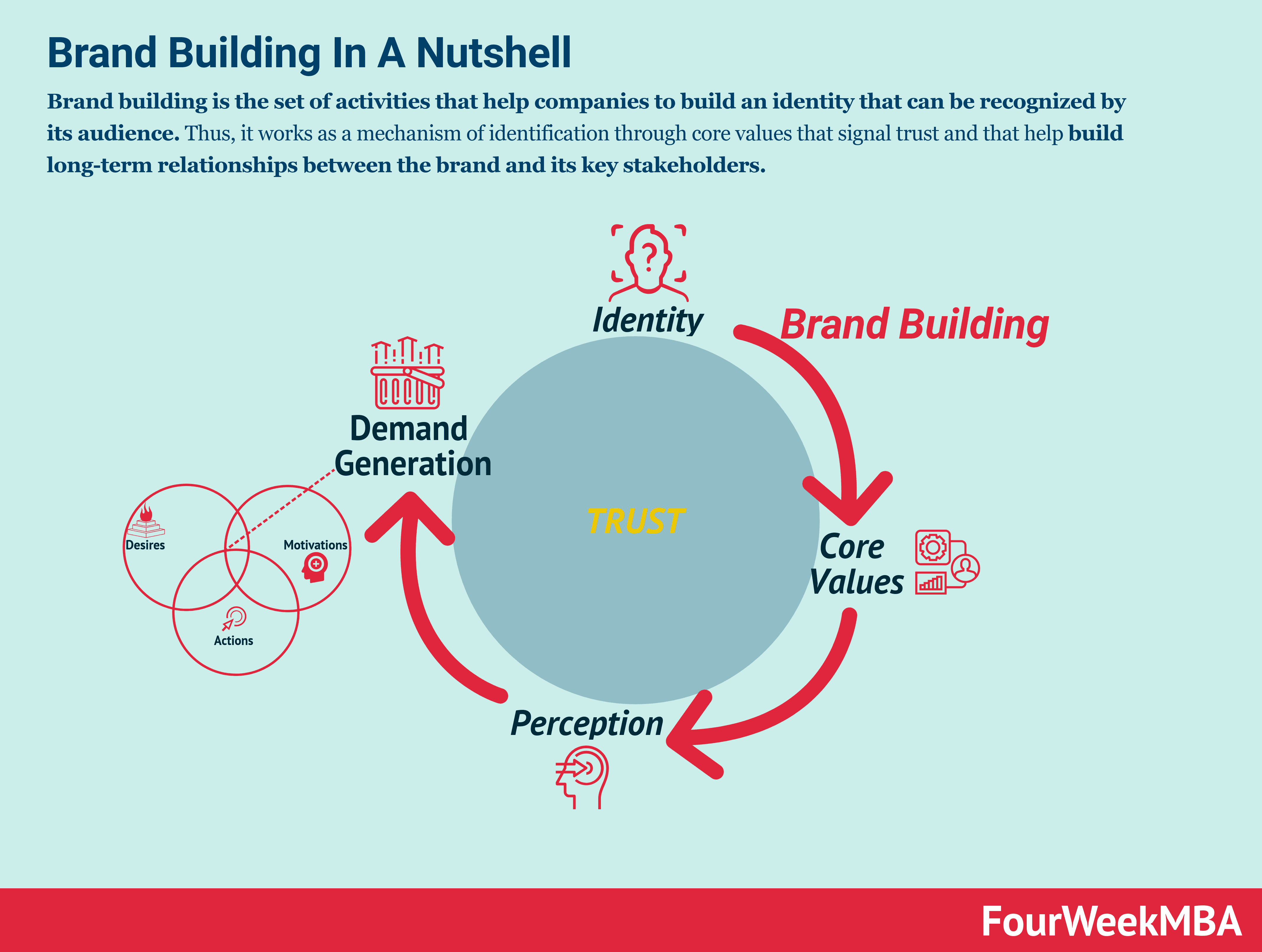
In the fast-evolving world of digital media, partnership and collaboration have become essential strategies for growth. Getty Images, a titan in the stock photography and multimedia industry, actively seeks partnerships that not only expand their reach but also enhance their offerings. Let’s explore some of the ways Getty Images approaches collaboration.
Strategic Alliances: Getty Images often enters into strategic alliances with brands, organizations, and influencers. These partnerships can take various forms, from co-branded marketing campaigns to exclusive content deals. For example, they might collaborate with a fashion brand to provide exclusive behind-the-scenes content for a runway show, giving them a rich visual asset to market their collection.
Content Partnerships: Another significant focus is on content partnerships with media outlets, digital platforms, and even social media giants. By partnering with companies like Instagram or Twitter, Getty Images can ensure their vast library is more accessible to creative professionals and casual users alike, fostering a symbiotic relationship where both parties benefit from increased exposure.
Educational Collaborations: Getty Images doesn’t just focus on commercial partnerships; they also invest in educational initiatives. Collaborating with universities, art schools, and creative workshops emphasizes the educational use of their images for teaching purposes. By providing resources, workshops, and free or discounted access to their image library, Getty Images helps cultivate future generations of creatives while strengthening their brand’s presence in academia.
Non-Profits and Advocacy: Beyond commercial ventures, Getty Images partners with non-profit organizations to support visual storytelling that aligns with important social issues. Through initiatives like The Getty Images Grant for Good, they fund projects that raise awareness and advocate for change, showcasing the power of imagery in driving social impact.
These partnership opportunities not only diversify Getty Images' offerings but also allow them to connect with various audiences, further establishing their position as a leader in visual content. It's clear that collaboration is at the forefront of their business model, paving the way for innovative approaches in the visual content landscape.
Also Read This: Understanding Since ESP on iStock and Contributor Tools
6. Subscription Services and Membership Plans
When discussing the revenue streams of Getty Images, it’s impossible to overlook the significance of their subscription services and membership plans. These offerings provide a steady stream of income while making it easier for creative professionals to access the vast library of imagery. Let’s break down how these services work and why they’re beneficial for both Getty Images and its customers.
Flexible Pricing Models: Getty Images offers various subscription plans to cater to different needs and budgets. Whether you’re a freelance graphic designer or part of a large corporation, there’s likely a plan tailored just for you. Here’s a quick overview of some popular subscription options:
- Single Image Downloads: Ideal for one-off projects, allowing users to purchase images on demand.
- Monthly Subscriptions: Perfect for ongoing projects, these plans allow users to download a certain number of images per month at a discounted rate.
- Annual Plans: For those who require frequent access, annual membership offers significant savings and unlimited downloads from a specific collection.
Access to Exclusive Content: Subscribers gain access to exclusive content that may not be available to standard users. This can include high-resolution images, video content, and even add-ons like music tracks and illustrations. By offering premium content, Getty Images ensures that their subscribers feel they’re receiving more value for their investment.
Ease of Use: The subscription model also streamlines the purchasing process for users. Instead of navigating complicated licensing agreements for individual images, subscribers enjoy clear licensing terms that come with their plans, making it easier to use content across various projects without worrying about legal restrictions.
Increased User Engagement: Membership plans can also foster a sense of community. Getty Images provides resources like tutorials, webinars, and insider tips to help users make the most of their subscription. This not only enhances user experience but also builds loyalty as members feel connected to the platform.
Ultimately, the subscription services and membership plans offered by Getty Images reflect a smart approach to monetizing their extensive asset library. By creating flexible and user-friendly options, they not only secure a consistent revenue stream but also cultivate a loyal customer base that values accessibility and diversity in visual content.
Also Read This: Does iStock Offer Free Images? A Comprehensive Guide to Finding and Using Free Resources
7. Market Position and Competitive Edge
When we talk about Getty Images, we’re not just discussing a photography company; we’re looking at a dominant player in the visual content industry. Established in 1995, Getty Images has carved out a notable space for itself, becoming synonymous with high-quality imagery and diverse content. Its market position stems from several key factors that give it a competitive edge.
Brand Recognition: One of the most significant factors contributing to Getty's success is its brand recognition. The name Getty Images itself conveys trust and quality. This reputation has been built over decades and is a substantial asset that attracts customers ranging from small businesses to global corporations.
Extensive Library: Getty boasts an astonishing library of over 200 million assets, including photos, videos, and music. This extensive collection provides a one-stop-shop experience for clients who need diverse visuals for different projects. Whether a company requires traditional stock photography or unique editorial shots, Getty has it all.
Quality and Licensing Variety: Getty Images focuses on quality over quantity. Their artists and photographers are often top-tier professionals, which means the visuals are not just plentiful but also exceptional. Additionally, the variety in licensing options—from royalty-free to rights-managed—allows clients flexibility in how they use the content, catering to a wide range of needs.
Innovative Partnerships: The company has strategically aligned itself with global brands, media outlets, and digital platforms (think Instagram and Twitter*), allowing it to expand its reach and clientele significantly. These partnerships often result in exclusive content or offers that give Getty an edge over competitors.
Focus on Creativity: Getty promotes creativity not just through its collections but also by encouraging artists. With various initiatives, including contests and collaborative projects, Getty fosters a community of creatives, ensuring a steady stream of fresh, original content that keeps them ahead of the game.
However, it’s not all sunshine and rainbows. The visual content landscape evolves rapidly, with new entrants constantly vying for attention. So, how does Getty maintain its position? It relies on innovation and adaptability, always looking for new ways to engage customers while anticipating market trends. This proactive approach ensures they remain a force to reckon with in an increasingly crowded field.
Also Read This: Is Getty Images Creative Commons Licensed?
8. Impact of Technology on Getty Images' Business Model
In today’s digital age, technology is a game changer for businesses across sectors, and Getty Images is no exception. The company's business model is heavily influenced by technological advancements that enhance not only its offerings but also the user experience.
Enhanced Search and AI Capabilities: Getty Images has integrated advanced search algorithms and artificial intelligence (AI) into its platform. This development significantly improves the searchability of images, allowing users to find precisely what they need in seconds. AI tools analyze visual content for attributes like composition and emotion, enhancing the user experience by connecting them with relevant imagery more effectively.
Digital Asset Management: The rise of digital asset management (DAM) systems has revolutionized how Getty organizes and distributes its content. By harnessing these systems, Getty can ensure that its vast library is easily navigable, allowing users to access assets quickly and efficiently. This streamlined process not only benefits customers but also maximizes operational efficiency for Getty itself.
Mobile Access: With the increasing use of mobile devices, Getty has optimized its platform for mobile access, allowing users to browse, purchase, and download content on the go. This adaptability caters to a growing audience that prefers engaging with content via smartphones and tablets, widening their customer base.
Innovative Revenue Models: Technology has also facilitated innovative revenue models such as subscription services, on-demand content, and flexible licensing options. These models not only provide users with varied purchasing options but also enhance cash flow predictability for Getty, contributing to its financial stability.
Moreover, technology supports Getty's marketing efforts through data analytics, offering insights into customer behavior and preferences. Understanding these patterns allows Getty to tailor its offerings and marketing strategies effectively, ensuring they stay relevant to their audience’s needs.
In conclusion, as technology continues to advance, Getty Images is poised to harness its benefits, continually adapting its business model to thrive in a fast-paced digital landscape. The interplay between technology and the creative world isn’t just beneficial for Getty; it’s becoming essential for maintaining a competitive edge in the industry.
Also Read This: How to Successfully Sell Your Photographs on iStock
9. Challenges and Opportunities in the Stock Photography Industry
The stock photography industry is an ever-evolving landscape, filled with unique challenges and exciting opportunities. As a major player in this field, Getty Images faces both hurdles and potential pathways for growth. Let's dive into some of these elements to get a clearer picture.
Challenges:
- Market Saturation: With countless photographers and content creators entering the market, the competition can be fierce. Many aspiring photographers post their work on platforms that offer lower prices or even free images, which can dilute the market.
- Consumer Expectations: As technology advances, consumers expect higher quality and increasingly diverse images. This puts pressure on providers like Getty Images to continually enhance their offerings and provide unique content that stands out.
- Copyright and Licensing Issues: The need to navigate complex copyright laws and licensing negotiations can pose a significant operational challenge. Misunderstandings in this area can lead to legal complications and financial losses.
- Shift to Subscription Models: While subscription models can lead to a steady revenue stream, they can also impact the profitability of individual image sales. Balancing these two revenue models is a constant juggling act for Getty Images.
Opportunities:
- Expanding Technology: Advances in technology, such as AI and machine learning, can enhance search capabilities, enable better image curation, and even assist in predicting trends in consumer behavior.
- Diverse Content Creation: There is a growing demand for niche photography styles and diverse representations in media. Getty Images has the opportunity to lead the charge in this aspect, catering to various communities and interests.
- Global Reach: The ability to sell images worldwide opens up vast markets. Getty Images can leverage partnerships with local creators in different regions to expand their catalog and appeal to diverse audiences.
- Content Customization: Offering custom content solutions and tailored packages for businesses can set Getty Images apart in the marketplace. Providing clients with exactly what they need boosts satisfaction and repeat business.
For Getty Images to thrive, it will need to continuously adapt to these challenges while keeping an eye out for new opportunities that can enhance its position in the market. As the industry evolves, so too must its strategies and offerings.
10. Conclusion: The Future of Getty Images
The stock photography industry is at a pivotal moment, and Getty Images is uniquely poised to navigate the complexities ahead. With a rich history and a wealth of resources, Getty has the chance to redefine how visual content is created and consumed.
In the coming years, we can expect to see:
- Increased Personalization: As consumer needs become more specific, Getty Images will likely invest in personalized services and solutions to cater to businesses looking for tailored image libraries.
- Onboarding New Technologies: Investing in emerging technologies, like virtual and augmented reality, could open new avenues for visual storytelling, making imagery even more impactful.
- Greater Emphasis on Sustainability: Responding to the growing concern for environmental sustainability, Getty Images may focus on ethical sourcing and sustainable practices within their business model.
- Wider Collaboration: Partnering with influencers, brands, and community-driven projects can enhance their relevance and resonate better with diverse consumer segments.
Ultimately, the success of Getty Images will depend on its ability to adapt to an evolving marketplace, embrace change, and leverage its strengths. As the world becomes more visually inclined, the demand for high-quality, authentic images will only increase, presenting Getty Images with a unique opportunity to solidify its position as a leader in the stock photography industry. The future is bright, filled with potential, and it’s exciting to see how Getty Images will shape the next chapter of visual storytelling.
 admin
admin








